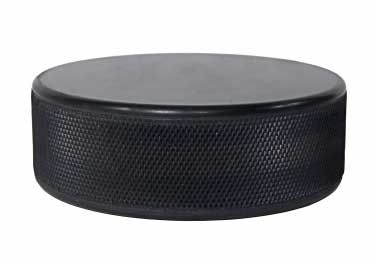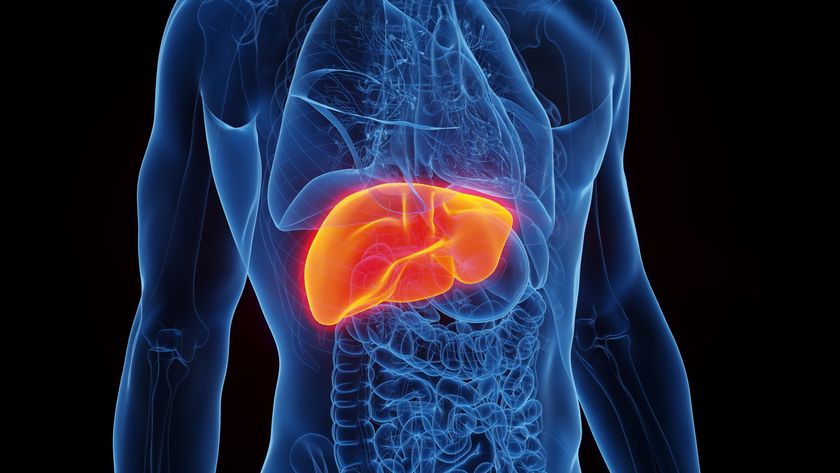Does First Goal in Hockey Raise Odds of Winning?

Most hockey color commentators will try to convince us that scoring the first goal of a game is crucial to getting the eventual win. Of course, a team can't win unless they score at least one goal, so they do have a point; but does it have to be the first one?
In the first three games of this year's Stanley Cup Finals, the team that scored first went on to... lose.
Statistically, there must be some way to either confirm or debunk this theory. Once again, Canadian researchers come to our rescue with a new analysis that predicts the probability of a win when scoring first. Compared to other sports, hockey goals are rare, with an average of less than six total goals per game. Goals are also somewhat random with no real pattern in time as to when they are scored. Finally, they are what statisticians call "memoryless," meaning their probability of occurring is not tied to a previous event (like an extra point in football depending first on a touchdown or the number of runs scored from a home run depending on the number of base runners).
These three properties, being rare, random and memoryless, allow hockey goal scoring to be analyzed using a statistical concept called a Poisson distribution. Jack Brimberg and Bill Hurley, both professors of operations research at the Royal Military College of Canada, used the Poisson assumption to see if there was any truth to the first goal advantage. In the current edition of the International Journal of Operational Research, they show how the probability of winning a game after scoring the first goal will change during the course of the game. The Poisson theory assumes that there are, typically, a maximum number of total goals per game and that they are equally distributed throughout the three periods. So, if the first goal does not come until later, then the chances of the tying and lead changing goals by the other team decrease. Making the huge assumption that the teams are evenly matched, the probability of winning at the opening face-off is 50 percent for each team.
Brimberg and Hurley's model showed that if, say, Pittsburgh scored first in the opening five minutes of the game then their odds of winning jump up to 70 percent. If the first goal comes close to the end of the second period, the win probability cranks up to 80 percent. Other researchers question whether the game of hockey is that simple. Andrew Thomas of Harvard University looked at four seasons of NHL data to see if the 25,000+ goals scored were evenly distributed throughout the games. He found they were, except for a few nuances of hockey, like fewer are scored in the first few minutes of each period and significantly more are scored at the end of the third period. These end-of-game scenarios are mostly due to teams pulling their goalie if they are losing by one or two goals. This creates increased scoring chances for both teams. He concluded that the Poisson distribution works for most of the game. If the score is tied late in the third period, commentators will claim that it is just like sudden death overtime, where the next goal should win the game. Brimberg and Hurley confirmed this by showing that if the go-ahead goal is scored in the last five minutes of the game, that team has a 95 percent chance of getting the victory. Overall, the first goal logic seems to have some truth to it. Now, if we can just convince the Penguins and Red Wings to obey the laws of statistics.
- Scientists Reveal the Secret to Hockey's Wrist Shot
- Bigger Hockey Players Causing More Concussions
- Key to Hockey Goalie Success Discovered
Dan Peterson writes about sports science at his site Sports Are 80 Percent Mental. His Science of Sports column appears weekly on LiveScience.
Sign up for the Live Science daily newsletter now
Get the world’s most fascinating discoveries delivered straight to your inbox.












